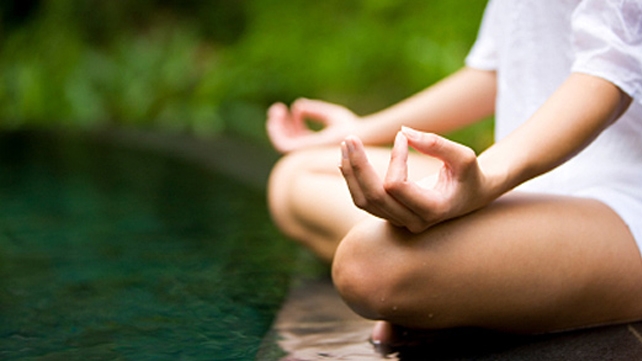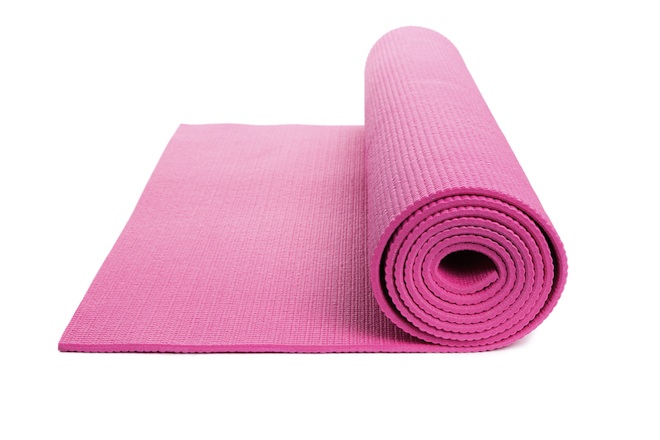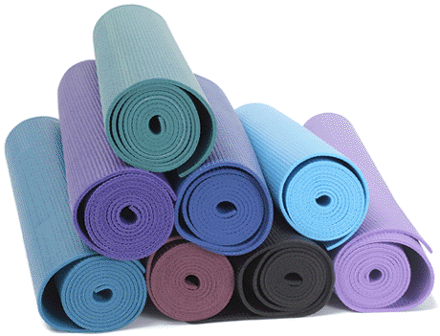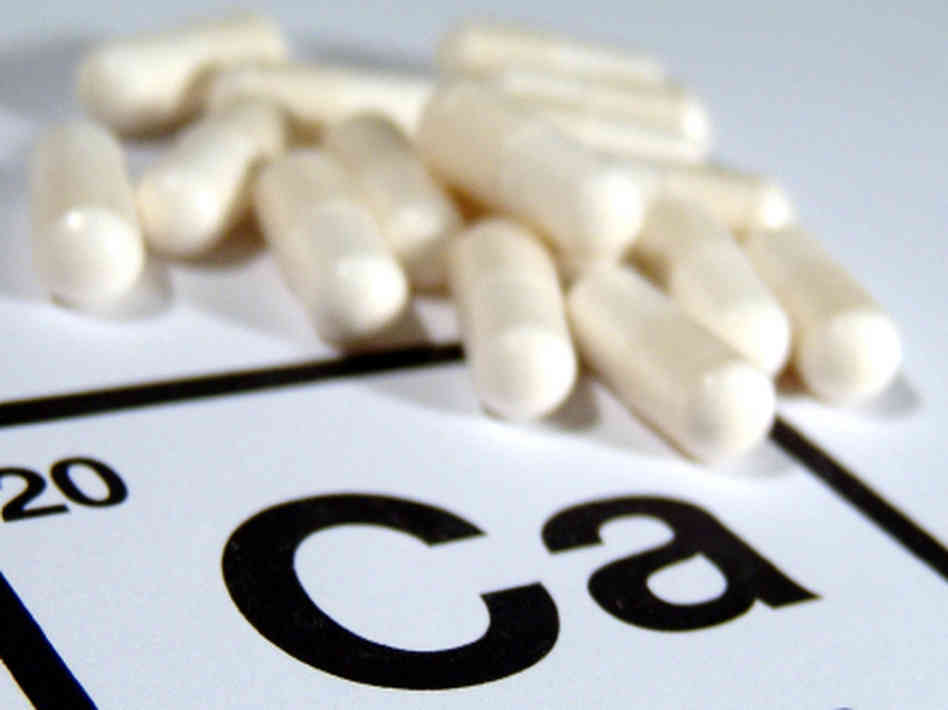Yoga is one of the best forms of exercise for a healthy lifestyle. No matter what Yoga you do–even if it’s a weird type of Yoga–it will help you to get in shape, tighten up your core, and improve your flexibility. Just the exercise benefits alone make it worth it, but it’s so much more than just a workout!

It promotes healthy, clean living, and it’s a much more holistic approach to life than many of the other forms of exercise. Many Yoga practitioners also become vegetarians in order to avoid toxins and pollutants.
But, could Yoga practitioners looking to stay “clean” encounter more chemicals than they might like?
The Chemicals In Your Yoga Mat
There are many Yoga mats made to organic standards, often using bamboo as the primary material for construction. These mats, however, tend to be fairly costly, and they’re not as durable as the cheap ones you find in Wal-Mart, Target, or any of the other stores where Yoga mats are sold.
So what if you don’t want to pay upwards of $30 to $50 for a Yoga mat? Why not just buy one at Wal-Mart for $10 to $15?
Have you ever considered why those mats are so cheap? The truth is that they’re made out of a material called PVC, the same material that is used for the water pipes in your home. Why is this a bad thing?

PVC–or polyvinyl chloride–is made from vinyl chloride, a substance that has been proven to be carcinogenic. Studies have shown that exposure to PVC can be harmful for your health. If your Yoga mat is made from PVC, you’ll find that it can increase your health risks.
Not only is PVC going to be hazardous for your health, but the production of these mats can cause serious environmental damage. During the manufacturing process, dioxides and carcinogens are produced in the factory and leaked into the environment. It can cause health risks not just for those working in the factory, but anyone coming in contact with those materials.
PVC has to be liquefied to be made into Yoga mats, and special plasticizers are added. These plasticizers ensure that your Yoga mat is pliable, and that it’s nice and sticky when you set it down on the floor. You’ll find that it’s these materials that make Yoga mats as effective as they are, but unfortunately they’re also what make them so unhealthy.
Of course, you can never be quite certain just what else is in your Yoga mat. You know of the PVC and plasticizers, but the manufacturers don’t have to list all of the other chemicals that are added to finish the production of the mats. Many of the additives and colorings used to produce the mats contain lead, cadmium, phthalates, and all sorts of other unhealthy chemicals.
And that’s not even the worst part. Once you’ve worn out your Yoga mat–which happens after a year or so of regular practice–what do you do with it? Do you throw it away, or do you keep it in your closet gathering dust? PVC doesn’t biodegrade, so there’s really no safe way for you to dispose of it yourself. If it gets sent to the garbage dump, it can release gases into the atmosphere. If it’s burned, it releases horrible toxins that can do serious damage to the environment.
For this reason, it’s BEST to consider organic Yoga mats. They’re made to be friendly to not just the environment, but also to your skin and your health. It’s the safer, healthier choice every time, even if it is the costlier one!








